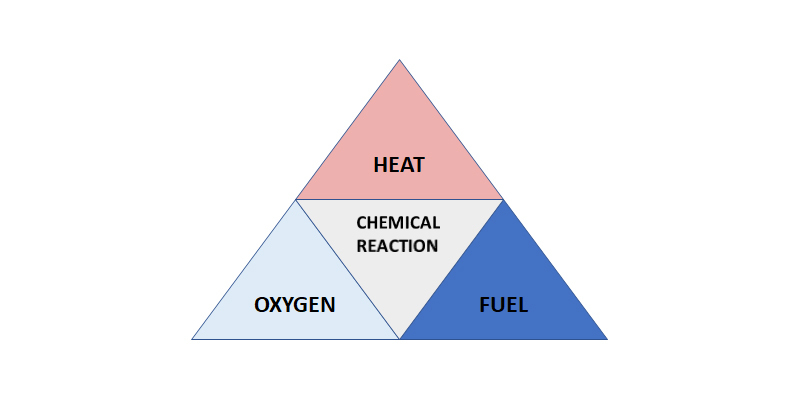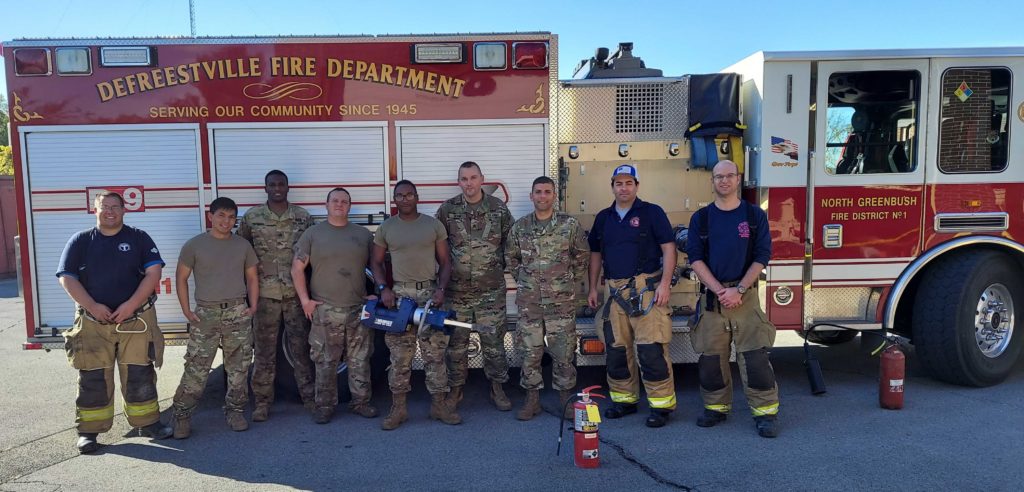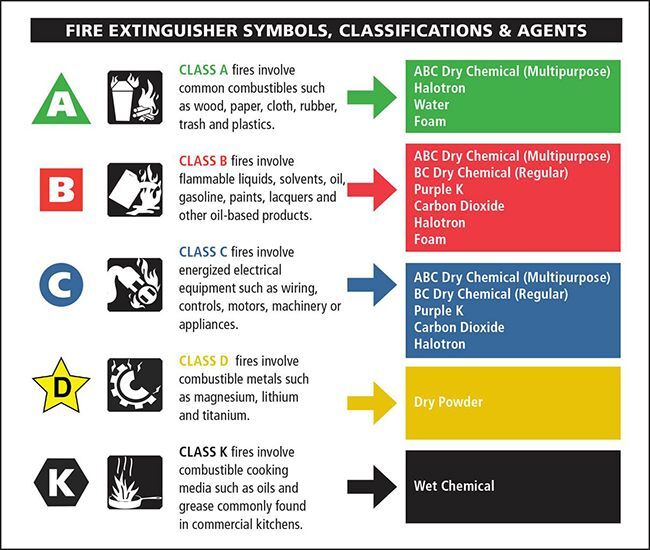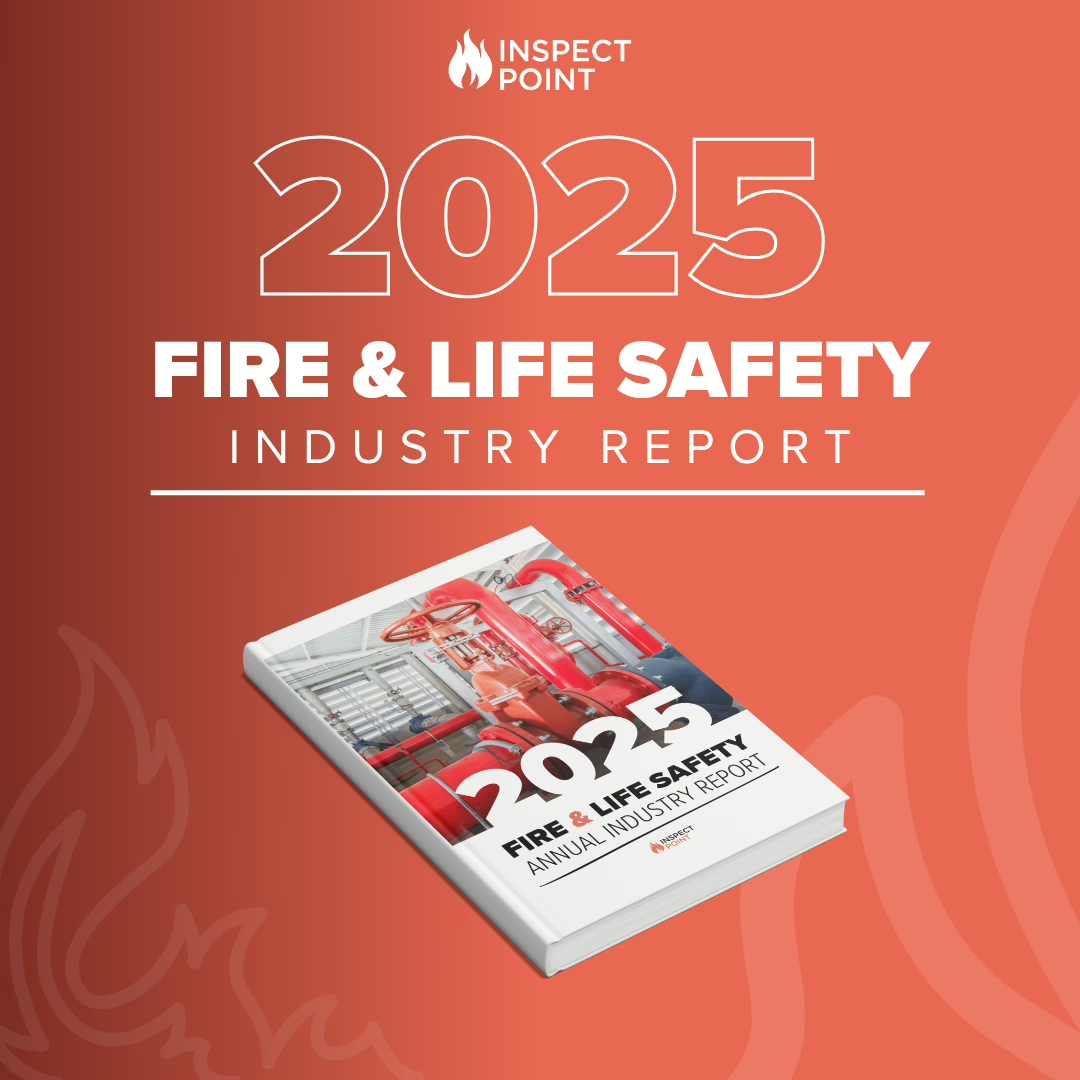
Located in Troy, NY, the 42nd Infantry Division (42ID) has a long and storied history as part of the New York Army National Guard. Formed at the beginning of World War I, they were deployed in World War II, Afghanistan, and Iraq.
As a trusted community resource, my fire department – the Defreestville Fire Department – provides many services to our friends and neighbors within our district. Recently, the 42ID asked us to provide fire extinguisher training for them as they work through their post-deployment reopening.
For background, employers are required to provide fire extinguisher training according to CFR 1910.157(g)(1), stating, “Where the employer has provided portable fire extinguishers for employee use in the workplace, the employer shall also provide an educational program to familiarize employees with the general principles of fire extinguisher use ….”
Proper fire extinguisher selection and technique will prevent a fire from spreading.
In addition to smoke detectors, CO detectors, and smoke alarms, fire extinguishers are a crucial piece of fire protection for residential and commercial structures. (Check out this blog post for more information on the NFPA’s National Fire Prevention week topic, “Learn the Sounds of Fire Safety). Fire extinguishers will prevent small fires from getting larger or clear a path towards safety.
How Fire Extinguishers Put Out Fires
As firefighters, we began by explaining the Fire Tetrahedron (formerly the fire triangle).

(Source: NFPA)
Extinguishers are meant to address any of these paths. Either they are suffocating the fire from receiving/diluting the materials necessary for one to start; or reducing the heat applied to flammable material.
Next, we explained this importance as it relates to the Five Fire Classification Types:
(Source: Kidde)
Especially in what’s called a “room and contents” fireplaces like living rooms or office spaces – a fire will double in size every 30 seconds. It is, therefore, critical that an individual choose the appropriate extinguisher for the type of fire they encounter. The improper selection at a minimum could be ineffective or could result in fire spread/injury.
How to Use a Fire Extinguisher
This is why fire extinguisher training is essential. At that point, we explained that a person understanding how to use a fire extinguisher would know to P.A.S.S.
(Source: https://www.montana.edu/srm/fire-life/fire-extinguisher-safety.html)
First, you Pull the pin of the fire extinguisher (after breaking the tamper seal). Next, Aim at the base of the fire 8’-10’ away from the fire, ensuring that you are capturing the most area. Then Squeeze the handle, producing a stream of extinguishing agents while Sweeping the specific area, ensuring the fire is extinguished.
Afterward, a fire extinguisher that has been used partially or completely will need to be recharged. This service can – and should – be provided by a local fire protection contractor.
Proper fire extinguisher selection and technique will prevent a fire from spreading. This is why it’s imperative to keep them inspected and serviced at regular intervals. Inspect Point co-Founder Drew Slocum has a helpful video walkthrough of the essentials of monthly fire extinguisher inspections. These inspections should take place at regular intervals but never more than 31 days since the last, and should ask:
- Is the fire extinguisher visible and without obstructions?
- Is the fire extinguisher mounted and secured properly?
- Is the nameplate and instructions for use facing outward and able to be read?
- Is the pull pin and tamper seal installed correctly and intact?
Furthermore, it should confirm:
- The needle for the pressure gauge is located with the green area
- The discharge nozzle and hose assembly (if there is one) is without obstruction and attached securely
And finally, you will:
- Inspect the visible extinguisher components for any evidence of damage, cylinder impact, wear and tear, leakage, and corrosion.
- Hold (or, where able, weigh) the fire extinguisher to ensure it is charged. The charged weight of an extinguisher is located on the label.
- You would then date and initial the inspection tag.
Also, check with your local AHJ or Fire Marshal for any local requirements for ITM, including annual inspections.
Afterward, we got to know them a little more, looked at their facility, gave them a tour of our engine, and generally built a stronger relationship.
If you or your organization are interested in learning more, the NFPA has a helpful blog post that includes a downloadable entitled “Fire Extinguisher Location and Placement.”




